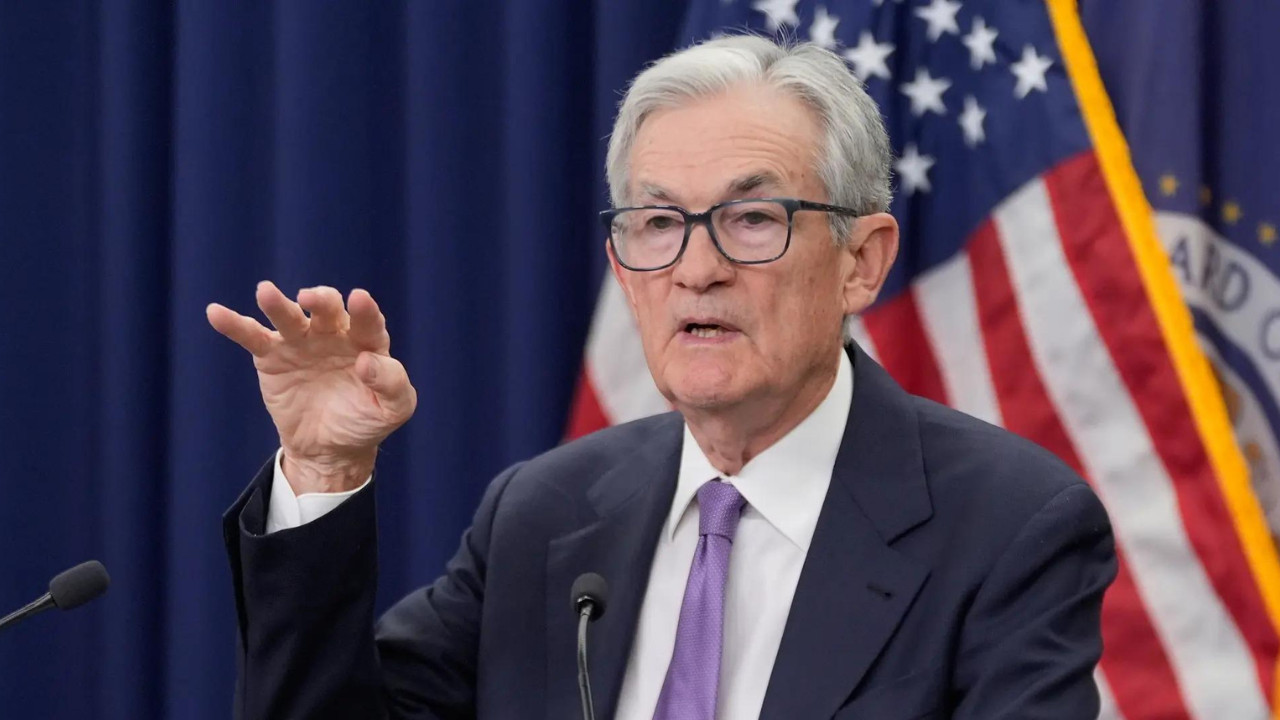Indian retail investors faced significant losses in equity futures and options during fiscal year 2025, totaling approximately Rs 1.06 lakh crore, a 41% increase from the previous year. Despite a slight decrease in derivatives volumes following regulatory changes implemented by SEBI, around 91% of retail investors continued to lose money in this segment.
The Rollercoaster Ride of Retail Futures: Decoding FY25’s Market Tumble
For those playing the futures and options (F&O) market in the retail sector, fiscal year 2025 hasn’t exactly been a walk in the park. In fact, it’s been more like a steeplechase, with hurdles appearing faster than one can react. New data reveals that retail traders have collectively lost a staggering ₹1.1 lakh crore in the F&O segment during this period – a sharp 41% increase compared to the previous fiscal year. What’s behind this dramatic downturn, and what does it mean for the future of retail investing in India?
The F&O market, known for its high leverage and potential for significant gains, also carries substantial risk. It allows traders to speculate on the future price movements of underlying assets, from individual stocks to broader market indices. While seasoned investors with sophisticated strategies can navigate these waters successfully, the allure of quick profits often draws in retail traders who may not fully grasp the complexities involved. This is where the story often takes a turn.
Unpacking the Reasons Behind the Losses
Several factors contributed to the substantial losses incurred by retail F&O traders this past fiscal year. One key element is increased market volatility. Global economic uncertainties, geopolitical tensions, and fluctuating commodity prices have created a climate where market swings are sudden and unpredictable. For traders relying on short-term price movements, this volatility can quickly translate into losses, especially when leverage is involved.
Another important aspect is the rise of algorithmic trading and high-frequency trading (HFT). These sophisticated trading systems can execute trades at speeds that are impossible for human traders to match. They can capitalize on fleeting market inefficiencies, often leaving retail traders at a disadvantage. It’s like trying to compete in a Formula 1 race with a standard sedan – the odds are stacked against you.
Furthermore, the ease of access to trading platforms has democratized the market, but it has also brought in a wave of inexperienced traders. The availability of margin trading, which allows traders to control a larger position with a relatively small amount of capital, can amplify both gains and losses. Without proper risk management strategies, this can lead to significant financial setbacks. Many new investors, eager to jump on the bandwagon, might underestimate the due diligence needed when dabbling in retail futures.

The Role of Education and Awareness
The recent losses highlight the critical need for enhanced investor education and awareness. While trading platforms often provide resources and educational materials, these may not be sufficient for all traders, particularly those new to the market. A deeper understanding of risk management, trading strategies, and market dynamics is essential for navigating the F&O market successfully.
Regulatory bodies and financial institutions also have a role to play in promoting responsible trading practices. This could involve stricter regulations on margin requirements, enhanced disclosure requirements for complex financial products, and increased efforts to educate retail investors about the risks involved. Transparency is paramount.
Navigating the Future of Retail Investing
The rise of discount brokerages and online trading platforms has undoubtedly made the Indian stock market more accessible to a wider range of investors. This democratization of finance has the potential to empower individuals and contribute to economic growth. However, it also comes with the responsibility of ensuring that investors are equipped with the knowledge and tools they need to make informed decisions.
Looking ahead, it’s clear that retail traders need to approach the F&O market with caution and discipline. This includes developing a well-defined trading strategy, setting realistic goals, and adhering to strict risk management principles. Diversification, position sizing, and stop-loss orders are all essential tools for mitigating potential losses.
It also means seeking out reliable sources of information and advice. Instead of relying on social media hype or get-rich-quick schemes, investors should consult with qualified financial advisors and conduct their own thorough research before making any investment decisions. Consider exploring related content, such as our article on understanding market volatility [internal link to volatility article].
Ultimately, success in the F&O market requires a combination of knowledge, skill, and discipline. It’s not a place for casual gambling or chasing fleeting trends. By prioritizing education, awareness, and responsible trading practices, retail investors can navigate the market more effectively and avoid the pitfalls that have led to significant losses in the past year. The key is to remember that investing is a marathon, not a sprint, and long-term success requires a patient and informed approach.







